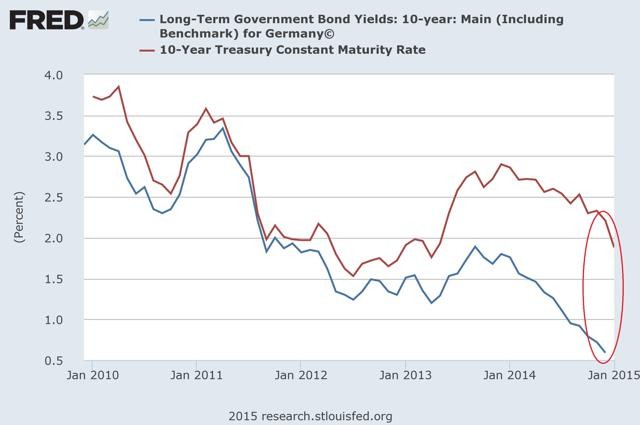Understanding Stock Fundamentals
Post on: 16 Март, 2015 No Comment

FOLLOW US
SHARE
Fundamental analysis is used to forecast the future price movements of a market based on the underlying factors that contribute to the supply and demand for that particular equity. The purpose of fundamental analysis is to delve into the financial history and current conditions of a companys income, the expenditure of their money and some measurements regarding how efficiently they manage their business.
Since there are a number of variables that fall into the fundamental analysis category, it is important to prioritize these factors in order to assess a companys strength. Some of the key fundamentals we will cover in this article include: earnings growth, earnings per share, earnings per share rank, price to earnings ratio (P/E), price to sales ratio, as well as volume, accumulation and /distribution. Stock software can help you gather, analyze and make the most of this data.
A key method for assessing a stocks profitability is to analyze a stocks earnings growth over the last quarter. Companies release quarterly earnings reports that detail the earnings per share that the company made that quarter. This indicator is measured both quarterly and annually. Earnings growth is calculated by dividing a companys revenue by its outstanding shares. If a company starts to slump, youll definitely see it in their quarterly earnings growth reports. If their revenue declines, companies have to start cutting costs, which could have a bearish implication.
Earnings per share is a widely used measurement of a companys financial strength. Earnings per share is calculated by dividing a companys net earnings for its common stock by the number of outstanding common shares. The resulting number can be compared to the earnings per share from the same quarter of the previous year to determine a companys earnings growth. This comparison can be used to forecast an increase or decrease in the future price of its stock.
The earnings per share rank rating measures a companys growth over the past two quarters in comparing it to the same two quarters in the previous year and then factoring in the annual growth rate of the past three to five years. The resulting number is then compared to other companies earnings per share rank and assigned a rank between 1 and 99. The earnings per share rank basically indicates to a trader how profitable a stock is compared to the thousands of companies stock that is available to be traded.
The next analysis category is the price-to-earnings ratio, otherwise known as P/E, which is an important measurement that compares a companys stock price to the amount of earnings per share. This comparison attempts to assign a rating to the difference between a companys profits per share and the actual price of each stock share. The P/E ratio shows the relationship between the earnings per share of a stock and its current trading price. To calculate the P/E of a stock, simply divide the current stock price by the latest 12-month earnings per share number.
Tracking the price-to-sales indicator can help traders know whether a stock is overpriced or undervalued. To calculate a stocks price-to-sales ratio, divide the price of one stock share by the companys sales per share. Price-to-sales is typically used for companies or industries without a net income or earnings particularly when profitability is not projected to begin until a far-away point in the future.

A stocks volume is essentially the number of shares traded each day. This number is important when the volume is increasing significantly. If a stock has a relatively high trading volume, it is usually a sign that the stock value is growing. When a stocks volume is decreasing or stable, it will probably not grow in the foreseeable future since investors interest in the stock is dwindling.
Finally, accumulation and distribution reflect a stocks daily number of long shares compared with its number of short shares. This measurement is important because it evaluates two of the most important indicators of a stocks strength or weakness, which are the percentage changes of a stocks price and volume.
The accumulation and distribution ranking is calculated by multiplying a stocks daily price change percentage by its volume. This number is then added or subtracted to the cumulative volume total for the stock, depending on whether its price has increased or decreased. This indicator can reveal the supply and demand of a stock, which might trigger a rise or fall in its price.
These are just some of the more important indicators used in fundamental market research. Investors should take the time to familiarize themselves with as many fundamental measurement tools and pick the measurement tools that best fit into their own fundamental analysis game plan.
For more information on how you can monitor, track and manage your stocks, be sure to check out our top-rated stock software applications.














